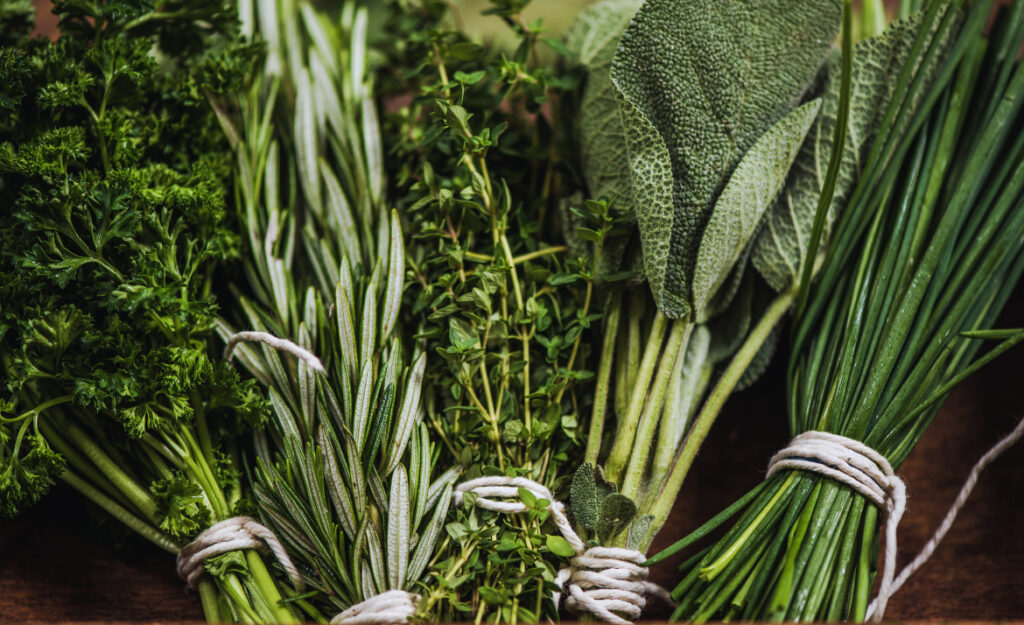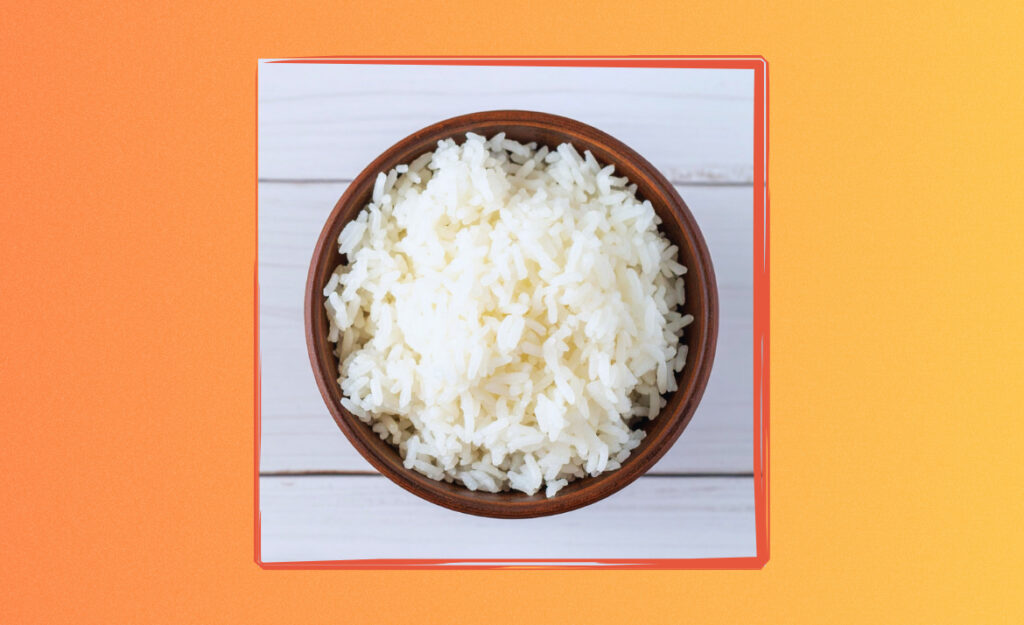
Herbs wilt and fade fast, leaving you scrambling for flavor. Knowing how to store fresh herbs gives your recipes their intended punch every time you cook.
Fresh herbs matter for more than taste. Their aroma and nutrition boost everything from salads to sauces, but nobody likes pulling out brown, soggy sprigs from the fridge drawer.
With a handful of simple habits, you can enjoy garden-fresh flavor for days to weeks longer. Let’s dive into practical strategies and real examples for storing fresh herbs the right way!

Store Leftovers with Confidence: Proven Strategies for Freshness
Discover practical strategies to store leftovers and keep them fresh.Keeping Leafy and Woody Herbs Fresh: Step-by-Step Storage
To properly store and make fresh herbs last, you’ll need to distinguish leafy from woody types—each benefits from different care and storage techniques. Treating parsley the same as rosemary means one will thrive while the other may fade quickly.
Separate your cilantro and basil (leafy herbs) from rosemary and thyme (woody-stemmed) as a first step. This basic sort helps you match each herb’s needs and maximize their shelf life with just a few minutes’ effort.
Leafy Herbs Need Moisture Without Getting Soggy
Wrap leafy herbs like parsley, cilantro, and dill in slightly damp paper towels, then tuck them inside a loose plastic bag. Store the bundle in your refrigerator’s produce drawer.
Check the towel every few days. If it dries out, mist lightly with water. Keeping the towel barely damp prevents the herbs from drying out yet avoids leaving them slimy or mushy.
Basil prefers room temperature and upright storage. Place bunches in a jar with a bit of water, like you would with fresh-cut flowers. Cover loosely with a plastic bag and set on the counter.
Woody Herbs Stay Robust With Airflow and Minimal Moisture
For rosemary, thyme, and sage, skip excess water. Instead, loosely wrap in dry paper and store in a resealable plastic bag or airtight container. Airflow keeps stems from molding.
Change paper every few days if it starts to feel damp. This helps avoid musty smells and black spots, keeping woody herbs functional for weeks in your fridge.
Oregano and marjoram respond well to this, too. If they’re extra dirty, rinse, dry carefully, and follow the same method for best results and longer usage windows.
| Herb Type | Storage Method | Lifespan | Actionable Tip |
|---|---|---|---|
| Parsley | Wrap in damp towel, bagged | 7-10 days | Check towel moisture every 2–3 days |
| Cilantro | Trim, stand in water, loosely covered bag | 7-12 days | Replace water midweek for freshness |
| Basil | Room temp, jar with water, bagged | 5-8 days | Don’t refrigerate: Black spots mean it’s too cold |
| Rosemary | Dry towel, airtight container | 2-3 weeks | Replace towel if condensation appears |
| Thyme | Dry towel, sealed bag | 2 weeks | Inspect leaves for wilting at day 8–10 |
Cleaning and Prepping: The Key to Long-Lasting Freshness
Wash and prep herbs as soon as you bring them home for the longest shelf life. Gritty leaves or trapped moisture can lead to spoilage before you even get to cook.
Use cool running water to rinse. Dry herbs completely—excess water can hasten rot, but gentle washing removes surface dirt and insects that would otherwise feast on your greens.
Quick Prepping for All Herb Types
Remove twist ties or rubber bands right away. They bruise stems and encourage mushy spots, especially in store-bought bunches. Lay herbs flat to air dry or spin gently in a salad spinner.
- Rinse herbs just before storage to remove garden soil, but always dry thoroughly with towels before putting away.
- Cut or trim the root ends a quarter inch to expose fresh tissue—this lets water flow up the stem if you’re storing herbs in water.
- Check for damaged or slimy leaves as you prep. Pull these out and discard—one bad leaf can turn the whole bunch fast.
- If you bought herbs from bulk bins, inspect closely for dirt or tiny insects and use a magnifying glass if you’re unsure.
- Break up large bunches into smaller, loose groups. Crowding speeds up moisture loss and increases bruising even when stored correctly.
Prepping with intention, not just a rinse, is how to store fresh herbs simply and effectively no matter what you’ve picked up at the market.
Paper Towels, Bags, and Containers: Get the Tools Ready Upfront
Gather zip-top bags, loose-fitting lidded containers, and plenty of clean paper towels before you start. Having everything set up speeds the process and reduces the need to rehandle herbs.
- Line containers with paper towels to cushion herbs and absorb excess water—this matters for delicate leaves.
- Use vented produce bags to balance humidity and airflow; specialty “green bags” designed for veggies can also extend shelf life.
- Label storage bags or containers with the date and type. Rotating older herbs to the front ensures nothing goes bad.
- Dedicate a fridge shelf or bin specifically for fresh herbs to keep them away from raw meats or ethylene-producing fruits.
- Choose glass containers for herbs stored in water; glass resists odors and is easy to clean between uses for different herbs.
Getting your supplies organized makes every batch of herbs simpler and keeps them crisp and usable for longer stretches.
Fridge or Countertop? Deciding Where Each Herb Thrives Best
Some herbs wilt right away in the fridge; others lose flavor fast if left at room temperature. Picking their ideal home keeps them vibrant and safe for the table.
Basil and the Flower Jar Exception
Basil, unlike most herbs, hates the cold. It blackens and turns limp in the fridge. Instead, treat it like a bouquet: trim stems, put in a cup of water, cover loosely with a bag, and keep it on the counter.
Change the water every two days and snip stems if they turn brown. Basil likes indirect light—not direct sun—to keep leaves sweet and perky all week.
If the plant droops, mist the leaves lightly. Fridge storage, by contrast, pulls flavor and color from the leaves rapidly, so avoid it for basil whenever possible.
Woody Herbs and the Produce Drawer System
Rosemary, thyme, and tarragon belong in the refrigerator. Wrap in a dry paper towel and seal in a loose plastic bag to maintain flavor and prevent excess drying or mold.
Assign a specific produce drawer for herbs to shelter them from fruit gases, which can ripen (and then spoil) them ahead of schedule.
When stems show blackening or off smells, compost them and refresh your supply—woody herbs last weeks this way but don’t recover from fridge burn well.
Cutting and Trimming Techniques to Maximize Herb Longevity
Trimming stems and snipping roots can dramatically extend the usable life of many herbs, just as trimming flowers extends their bloom in a vase.
Always use clean, sharp scissors for cutting and avoid crushing stems, which can secrete plant juices that speed decomposition and attract bacteria in storage.
Best Trimming Practices for Leafy Bunches
Before placing herbs in water or paper towels, trim stems at a diagonal, exposing more surface area for water absorption. This step makes a visible difference: limp leaves perk up within an hour.
For large bunches of cilantro or parsley, trim every two to three days and refresh water as needed. This continuous care slows wilting and maximizes nutrition retention over the week.
If you see roots on store-bought herbs, don’t cut them off unless you wish to use the entire plant immediately; roots can sometimes help maintain moisture for longer storage.
Woody Stem Strategies for Longevity
Woody stems—like those of sage, rosemary, and thyme—need less frequent trimming but benefit from having any squashed ends cut away before storage. This practice keeps stems from harboring bacteria.
Never group damp and dry herbs together. Moisture transfer can accelerate rot and spoil the batch. Store each separately in well-marked containers for best results.
As you use woody herbs, adjust the storage (replace towels and air containers out) every few days. This simple routine limits musty odors and preserves flavor intensity over the long haul.
Fresh-Tasting Dishes Start With Well-Stored Herbs
Separating leafy from woody herbs, prepping correctly, picking the right storage spot, and trimming properly lets you unlock full flavor and nutrition from every bunch.
Long-lasting, vibrant herbs aren’t luck—they’re the product of attentive care and smart, simple routines you can build into any kitchen workflow. Store fresh herbs and taste the difference, meal after meal.
Consistent success comes from small, proactive steps, not guesswork. With these strategies, you empower your cooking with reliable, restaurant-quality freshness at home, waste less, and enjoy more every time.
Frequently Asked Questions
How do you keep cilantro fresh for longer?
Cilantro keeps best when stem ends are trimmed, then placed upright in a jar of water. Covering loosely with a bag before storing in the fridge helps preserve both leaves and stems for over a week.
Can I freeze fresh herbs if I can’t use them quickly?
Yes, you can chop herbs and freeze them in ice cube trays with water or oil. This method lets you add small portions directly to cooked dishes for bursts of herbal flavor year-round.
Is it safe to eat herbs once they start turning brown?
If only the edges have browned and the rest is fresh, you can trim and use the good parts. Discard any herbs that develop sliminess, off smells, or complete discoloration as those indicate spoilage.
Which herbs shouldn’t go in the fridge?
Basil and sometimes mint are best stored at room temperature in a jar of water, loosely covered. Refrigerators can turn their leaves black and mute their flavor quickly, so counter storage is preferred.
What’s the best way to store mixed herb bouquets?
Store similar texture herbs (woody with woody, leafy with leafy) together in a loose bag with appropriate towel moisture. Mixing can cause faster deterioration, so store separately if you want to maximize freshness and shelf life.



